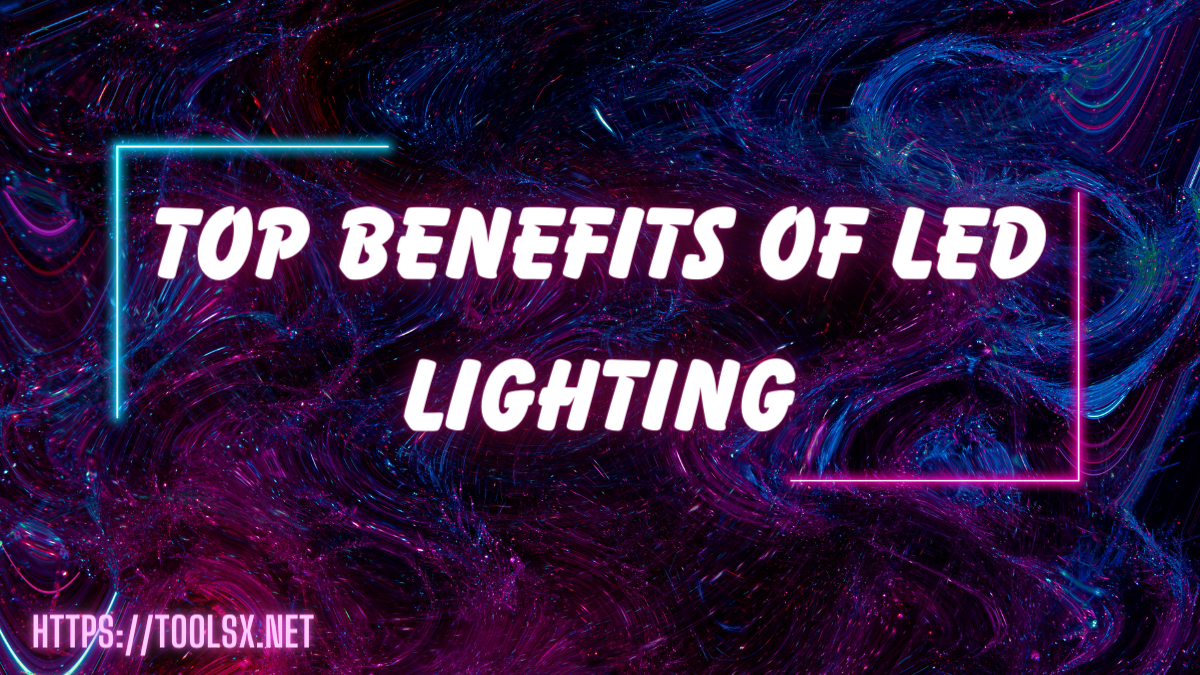LED lights are more energy efficient than traditional bulbs. They use up to 90 percent less energy for the same amount of light and generate half as much heat, which reduces electricity consumption and air conditioning costs.
They also work well in cold environments and are more durable than traditional bulbs. These are just a few of the top benefits your business can expect when switching to LED lighting.
1. Energy Efficiency
Many traditional lighting sources waste energy by turning a portion of their electricity into heat. LED lights turn almost all of their electricity into useful lumens, meaning that you can get more lighting out of each watt of power you use.
Additionally, LED lights produce little to no heat and emit a very small amount of light in the infrared spectrum and no visible ultraviolet radiation. This makes them ideal for lighting delicate items like artwork that can be damaged by ultraviolet light.
LED bulbs are versatile enough to fit into most existing fixtures. You can keep your current table or floor lamps, wall sconces and outdoor floodlights or use them with new flat panels or recessed lighting systems. This versatility saves money by avoiding the need to purchase completely new hardware.
In addition to energy savings, you can also cut down on maintenance costs with LED lighting. LED bulbs last longer than traditional lights and don’t experience any degradation in performance from frequent switching on/off. This reduces the risk of costly repairs and replacements, further saving your company’s budget.
2. Long Lifespan
One of the top benefits of LED lighting is that it has a much longer lifespan than traditional bulbs. This means that they need to be replaced less often, which saves you money.
LEDs last two to four times as long as incandescent and fluorescent bulbs, and up to eight times as long as halogens. This is because LEDs are less susceptible to environmental factors such as heat stress, which can shorten the life of other types of bulbs.
In addition to their longevity, LEDs are free of mercury, which is a toxic chemical that needs to be handled carefully during disposal. This makes them safer for facilities and employees to work with.
Because LEDs transfer most of their energy use into creating light rather than heat, they can reduce electricity consumption and air-conditioning costs. This leads to immediate savings, and even more in the long-term. These savings can be used to fund other capital projects within a facility.
3. Dimmability
One of the most significant benefits of LED lighting is that it can be dimmed. This allows facilities to create a unique mood for their guests or customers. It also helps them reduce energy costs by turning lights on and off less frequently than traditional bulbs that produce more heat.
LEDs emit very little in the infrared or ultraviolet spectrum, making them a good choice for illuminating UV sensitive items like works of art that could degrade or break down over time. They also generate much less heat, which saves on cooling costs as well.
LEDs are small enough that they can be used in nearly any fixture. They can be combined in bunches to create a traditional bulb or strung together in a line in a linear fashion. This flexibility makes them a great solution for many different types of lighting applications. Additionally, they operate on very low voltage which can help reduce maintenance costs by keeping staff members safer when working in areas that are prone to flooding.
4. Color Rendering Index (CRI)
CRI refers to a light source’s ability to show object colors as they really are when compared with an ideal reference, typically natural sunlight. High CRI lighting is a key factor to consider in choosing an LED strip light that will best suit your specific application.
Achieving a high CRI is essential in many of today’s home environments including making makeup, prepping food or studying in the home office. It is also a critical element in retail applications where customers see product colors in person.
A light with a low CRI rating will make objects appear dull and lifeless. In general, LED lights have a higher CRI rating than other types of lighting. However, some light sources have a lower CRI rating for specific color tones such as reds. This is due to the fact that CRI ratings are based on averages of eight different colors. For this reason, LED manufacturers have extended the range of colors used in CRI ratings to include 15 reference colors.
5. Safety
LEDs produce no heat and do not create any sparks which significantly reduces the risk of a fire or explosion. They can also be installed in hazardous environments without the need for additional safety equipment since they run on low voltages.
LED bulbs do not contain toxic materials like mercury, phosphorous and other rare earth minerals. When HPS and fluorescent bulbs break, they release these substances into the air, exposing maintenance workers to both acute symptoms and long-term effects. By switching to LED lighting, communities eliminate these risks and make it safer for everyone to perform routine maintenance.
LEDs can be set to turn on and off rapidly, which is important for areas that need lights to come back on immediately after a power surge or blackout. They can also be set to react to motion so that they can deter crime and help people feel safe as they walk to their cars or homes in the dark. They can even be set to react to the movement of plants, avoiding damage caused by sunlight exposure.


